4.1: The Alkaline Earth Elements
- Page ID
- 212630
The Group 2 metals have a particular name: the alkaline earth metals. The name is derived from the observation that they have such high melting points (Table \(\PageIndex{4}\).1) that they remain solids (earths) in a fire. Table \(\PageIndex{4}\).2 lists the derivation of the names of the alkali metals.
| Alkali metal | Melting point (◦C) | Alkaline earth metal | Melting point (◦C) |
|---|---|---|---|
| Li | 180.54 | Be | 1287 |
| Na | 97.72 | Mg | 650 |
| K | 63038 | Ca | 842 |
| Rb | 39.31 | Sr | 777 |
| Cs | 28.44 | Ba | 727 |
| Fr | 27 (estimated) | Ra | 700 |
|
Element |
Symbol | Name |
|---|---|---|
| Beryllium | Be |
From the Greek berullos meaning to become pale, in reference to the pale semiprecious gemstone beryl |
| Magnesium | Mg | From the Magensia district in Greece |
| Calcium | Ca | From the Latin calcis meaning lime |
| Strontium | Sr | From the mineral strontianite named after the Scottish village of Strontian |
| Barium | Ba | From the Greek bary, meaning heavy |
| Radium | Ra | From the Latin radius meaning ray |
Discovery
Beryllium
Beryllium was discovered by Louis-Nicolas Vauquelin (Figure \(\PageIndex{4}\).1) in 1798 as a component in beryls and emeralds; however, Fredrich Wöhler (Figure \(\PageIndex{4}\).2) and Antoine Bussy (Figure \(\PageIndex{4}\).3) independently isolated the metal in 1828 by reacting potassium with beryllium chloride, (4.1.1).
\[ BeCl_2 + 2K \rightarrow Be + 2 KCl \]

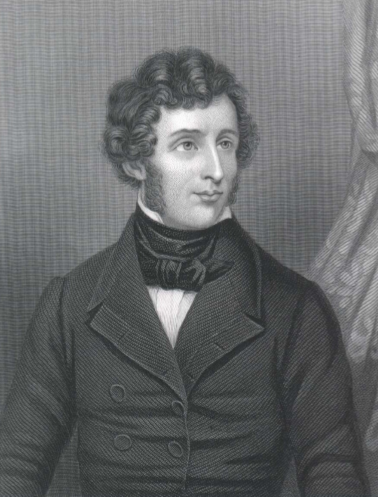
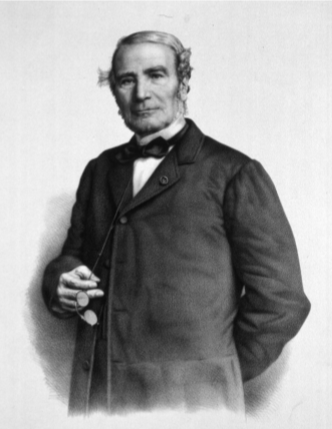
Magnesium
Magnesium is found in large deposits of magnesite and dolomite, and in mineral waters where the Mg2+ ion is soluble. In 1618 a farmer at Epsom in England attempted to give his cows water from a well. The farmer noticed that the water seemed to heal scratches and rashes. These Epsom salts were recognized to be hydrated magnesium sulfate, MgSO4. The metal was first isolated in 1808 by Sir Humphry Davy (Figure \(\PageIndex{4}\).4) via the electrolysis of a mixture of magnesia and mercury oxide.

Antoine Bussy (Figure \(\PageIndex{4}\).3) subsequently prepared magnesium by heating magnesium chloride and potassium in a glass tube, (4.1.2). When the potassium chloride was washed out, small globules of magnesium remained.
\[ MgCl_2 + 2K \rightarrow Mg + 2KCl\]
Calcium
Calcium oxide or lime was known in ancient Rome, while even in 975 AD, Plaster of Paris (calcium sulphate) was reported to be useful for setting broken bones. The element itself was not isolated until 1808 when Sir Humphry Davy (Figure \(\PageIndex{4}\).4) electrolyzed a mixture of lime and mercuric oxide (HgO). His work was based upon prior work by Jöns Berzelius (Figure \(\PageIndex{4}\).5) who had prepared calcium amalgam (an alloy of calcium and mercury) by electrolyzing lime in mercury.

Strontium
Discovered in lead mines in 1787 the mineral strontianite was named after the Scottish village of Strontian. Although it was realized that this mineral was different from others that contained barium, it wasn't until 1798 that Thomas Hope (Figure \(\PageIndex{4}\).6) suggested the presence of a new element. As with calcium, metallic strontium was first isolated by Sir Humphry Davy (Figure \(\PageIndex{4}\).4) in 1808 using electrolysis of a mixture containing strontium chloride and mercuric oxide.
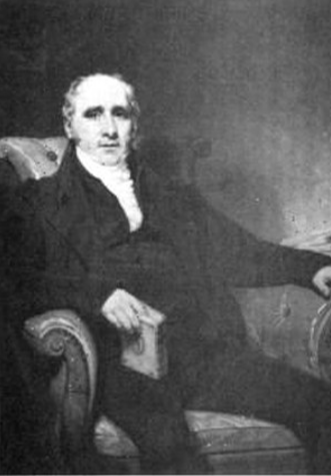
Barium
Barium minerals were known by alchemists in the early Middle Ages. Stones of the mineral barite found in Bologna, Italy (also known as Bologna stones), were known to glow after exposure to light. Carl Scheele (Figure \(\PageIndex{4}\).7) identified barite in 1774, but did not isolate barium. Barium was first isolated as Ba2+ in solution by Sir Humphry Davy (Figure \(\PageIndex{4}\).4) in 1808. The oxidized barium was at first called barote, by Guyton de Morveau, (Figure \(\PageIndex{4}\).8) which was changed by Antoine Lavoisier (Figure \(\PageIndex{4}\).9) to baryta, from which barium was derived to describe the metal.
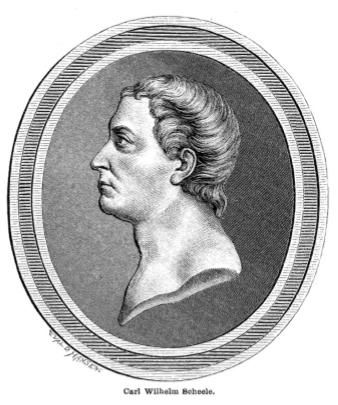

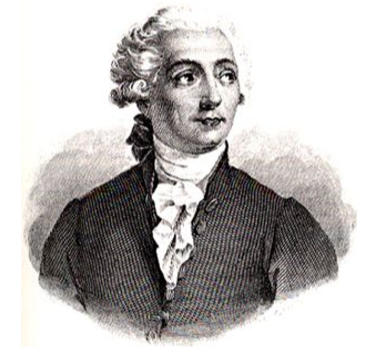
Radium
Radium was discovered by Marie Curie (Figure \(\PageIndex{4}\).10) and her husband Pierre (Figure \(\PageIndex{4}\).11) in 1898 while studying pitchblende. After removing uranium they found that the remaining material was still radioactive. They then separated out a radioactive mixture consisting mostly of barium and an element that gave crimson spectral lines that had never been documented before. In 1910, radium was isolated as a pure metal by Curie and André-Louis Debierne (Figure \(\PageIndex{4}\).12) through the electrolysis of a radium chloride solution by using a mercury cathode and distilling in an atmosphere of hydrogen gas.

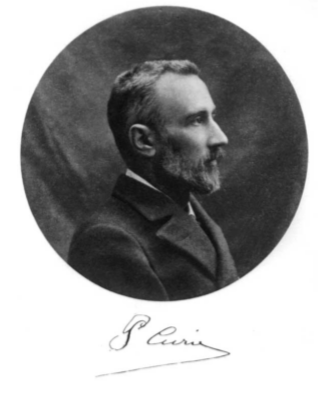
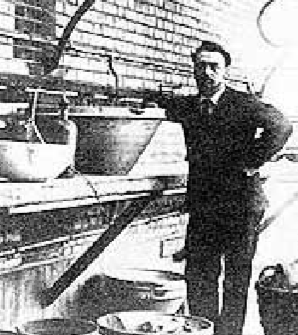
Abundance
The abundance of the alkaline earth elements is given in Table \(\PageIndex{4}\).3. Beryllium is rare, but found in the mineral beryl (Be3Al2Si6O18). While magnesium is widespread within the Earth's crust, commercial sources tend to be from sea water as well as the carbonate minerals magnesite (MgCO3) and dolomite [(Ca,Mg)CO3]. Calcium is also commonly found as the carbonate, however, strontium and barium are present as the sulfates celestine (SrSO4) and barites (BaSO4), respectively.
| Element | Terrestrial abundance (ppm) |
|---|---|
| Be | 2.6 (Earth's crust), 6 (soil), 2 x 10-7 (sea water) |
| Mg | 23,000 (Earth's crust), 10,000 (soil), 1,200 (sea water) |
| Ca | 41,000 (Earth's crust), 20,000 (soil), 400 (sea water) |
| Sr | 370 (Earth's crust), 200 (soil), 8 (sea water) |
| Ba | 500 (Earth's crust), 500 (soil), 0.001 (sea water) |
| Ra | 6 x 10-7 (Earth's crust), 8 x 10-7 (soil), 1 x 10-10 (sea water) |
Calcium is a key element for living. Not only is it present as the skeletal material for shell sh and crabs (CaCO3) its phosphate derivative, hydroxyapetite [Ca5(OH)(PO4)3] is the structural material of bones and teeth. Calcium is also present in soft tissue at a level of ca. 22g/kg. Calcium is a vital metal for the following:
- Links large molecules together.
- Used in the activation of muscles
- Used in enzyme activation by stabilization of particular conformations of proteins to be acted upon by enzymes.
Isotopes
The naturally abundant isotopes of the alkaline earth elements are listed in Table \(\PageIndex{4}\).4. All of the 25 isotopes of radium are radioactive, and while radium-223, radium-224, and radium-228 are found in nature as decay products of either uranium or thorium, they are only present in trace amounts.
| Isotope | Natural abundance (%) |
|---|---|
| Beryllium-9 | 100 |
| Magnesium-24 | 78.99 |
| Magnesium-25 | 10 |
| Magnesium-26 | 11.01 |
| Calcium-40 | 96.941 |
| Calcium-42 | 0.647 |
| Calcium-43 | 0.135 |
| Calcium-44 | 2.086 |
| Calcium-46 | 0.004 |
| Calcium-48 | 0.187 |
| Strontium-84 | 0.56 |
| Strontium-86 | 9.86 |
| Strontium-87 | 7.0 |
| Strontium-88 | 82.58 |
| Barium-130 | 0.106 |
| Barium-132 | 0.101 |
| Barium-134 | 2.417 |
| Barium-135 | 6.592 |
| Barium-136 | 7.854 |
| Barium-137 | 11.23 |
| Barium-138 | 71.7 |
| Radium-226 | 100 |
Although beryllium-7 and beryllium-10 are found as trace isotopes, they are so rare beryllium is considered mononuclidic element (a chemical element which is found essentially as a single nuclide, of only one atomic mass). Calcium has four stable isotopes plus two more isotopes (calcium-46 and calcium-48) that have such long half-lives (2.8 x 1015 and 4 x 1019 years, respectively) that for all practical purposes they can be considered stable.
Measurement of the 87Sr/86Sr ratio allows for geological dating of minerals and rocks. Strontium-90 (half-life = 28.9 years) is a by-product of nuclear fission and found in nuclear fallout. For example, the 1986 Chernobyl nuclear accident contaminated released a large amount of strontium-90. Since strontium substitutes for calcium in bones it prevents excretion from the body and thus presents a significant health risk, however, strontium-89 is a short-lived artificial radioisotope that is used in the treatment of bone cancer.
Naturally occurring barium is a mix of seven stable isotopes (Table \(\PageIndex{4}\).4), but there are a total twenty-two isotopes known, most of which are highly radioactive and have half-lives in the several millisecond to several day range. The only notable exception is barium-133 which has a half-life of 10.51 years.
Industrial production
The industrial production of beryllium is usually from the reaction of beryl (Be3Al2Si6O18) with Na2(SiF6) which yields the beryllium fluoride, Na2(BeF4). Subsequent reactions with base give the hydroxide.
\[ Na_2(BeF_4) + 2 NaOH \rightarrow Be(OH)_2 + 4 NaF \]
Reaction of the hydroxide with the ammonium salt of HF2-, followed by thermolysis gives beryllium fluoride (BeF2). Finally, reduction of the fluoride with magnesium yields beryllium.
\[BeF_2 + Mg \rightarrow MgF_2 + Be \]
Although magnesium is an abundant metal in dozens of mineral the majority of commercial production comes from sea water, where it is present at about a level of 12% that of sodium. Calcium hydroxide is added to seawater to form magnesium hydroxide precipitate.
\[ MgCl_2 + Ca(OH)_2 \rightarrow Mg(OH)_2 + CaCl_2 \]
Subsequent reaction with hydrochloric acid yields concentrated magnesium chloride solution.
\[ Mg(OH)_2 + 2 HCl \rightarrow MgCl_2 + 2 H_2O \]
Electrolysis of the magnesium chloride produces magnesium. At the cathode, the Mg2+ ion is reduced to magnesium metal, (4.1.7), while at the anode chlorine gas is formed, (4.1.8).
\[ Mg^{2+} + 2 e^- \rightarrow Mg\]
\[ 2 Cl^- \rightarrow Cl_{2(g)} + 2 e^- \]
Strontium metal is produced in an analogous manner; however, it may also be prepared from strontium oxide by reduction with aluminum in vacuum at a temperature at which strontium distills off.
\[ 3 SrO + 2 Al \rightarrow 3 Sr + Al_2O_3 \]
Reactivity and toxicity
The chemistry of the Group 2 elements is dominated by the +2 oxidation state and the noble gas configuration of the M2+ cation.
Calcium, strontium, and barium react with water on contact to produce the hydroxide and hydrogen gas. Although the lighter alkaline earth metals do not react violently with water, they do burn in air.
Magnesium burns with a very bright white flame such that caution should be taken not to look at the ame directly. Magnesium is capable of reducing water, (4.1.10), and as a result, water cannot be used to extinguish magnesium res; the hydrogen gas produced will only intensify the re. In addition, magnesium also reacts with carbon dioxide, (4.1.11), precluding the use of carbon dioxide re extinguishers. Class D dry chemical re extinguisher or sand are used for magnesium res.
\[ Mg_{(s)} + 2 H_2O \rightarrow Mg(OH)_{2(s)} + H_{2(g)} \]
\[ 2 Mg_{(s)} + CO_2 \rightarrow 2 MgO_{(s)} + C_{(s)} \]
Strontium and barium burn in air to produce both the oxide and the nitride, but since the metals do not react with nitrogen except at high temperatures they only form the oxide spontaneously at room temperature.
Beryllium is a class 1 carcinogen, i.e., it is carcinogenic to both animals and humans. Beryllium is harmful if inhaled; if the concentration in air is high enough (greater than 100 µg/m3) an acute condition can result, called acute beryllium disease, which resembles pneumonia. Acute beryllium disease was reported as being associated with the manufacture of fluorescent lighting tubes (a practice that ceased in 1949).
The human body absorbs strontium as if it were calcium, and while stable isotopes have pose no signicant health threat, the uptake of radioactive strontium-90 can lead to various bone disorders and diseases, including bone cancer. All water or acid soluble barium compounds are extremely poisonous. At low doses, barium acts as a muscle stimulant, while higher doses affect the nervous system. Radium is highly radioactive and its decay product, radon gas, is also radioactive.


